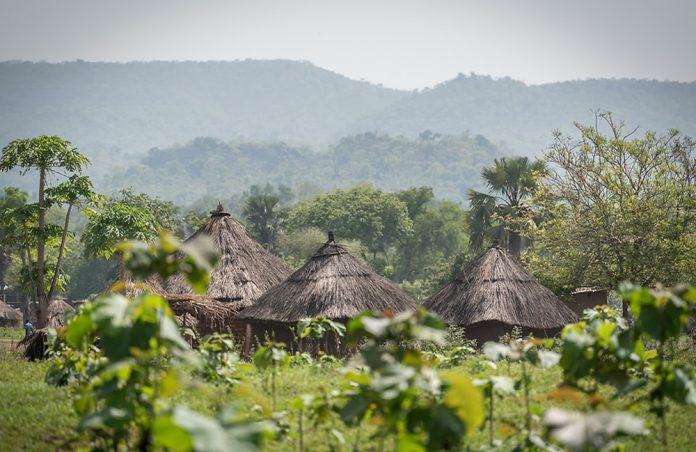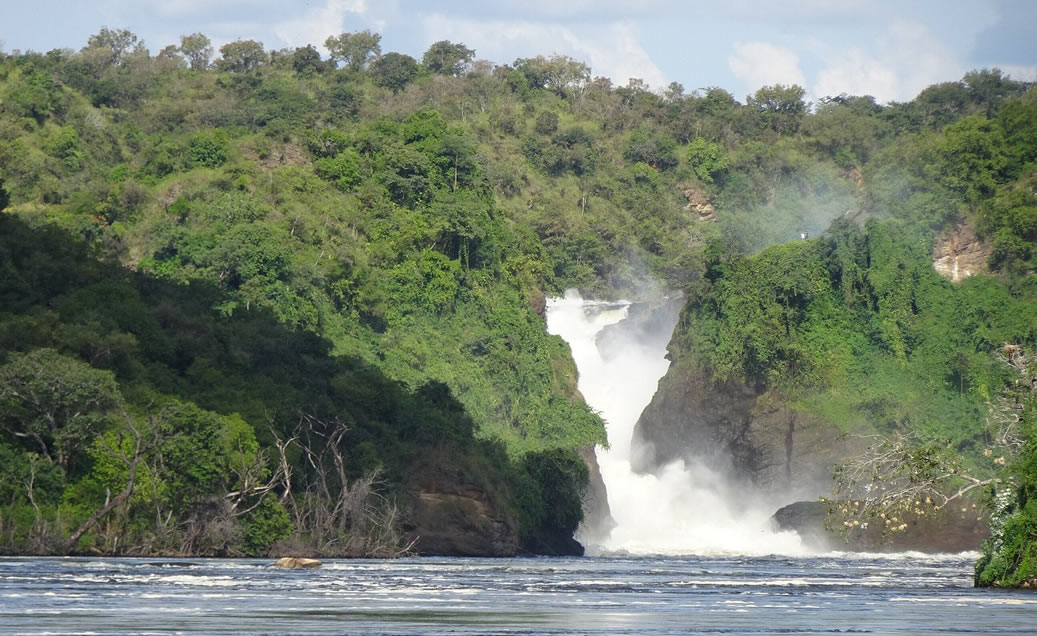Like most corners of Uganda, the time factor and modernization have over the years impacted a lot of change in Packwach, a cosmopolitan peninsular zone in West Nile mainly dominated by the Jo Nam tribe and Alur tribes.
From its once solitary hills and valley that are now jammed like an Internally Displaced Peoples camp-to the once deep accents of its locals that now costs more than luck to differentiate from speaking in spiritual tongues-almost everything defines change-just as much as change defines almost everything.
However, like a legacy, the originality and uniquely beautiful architecture of its grass thatched huts have weathered it all and stood the test of time. Even in the most affluent neighborhoods, only one out of every 10 homes doesn’t have a grass thatched structure.
A hut! In case that name is not familiar, do you remember those festive season trips along muddy if not impassable narrow roads that led to the birthplace of your grandparents, a rural setting that was dominated by buildings that had a vernacular architecture built of readily available materials such as wood, stone, grass, palm leaves, branches, or mud?
Yes, it is those buildings constructed using techniques passed down through generations that are called huts. However unlike the many you might have seen, a look at the grass upon the heads of many huts in Pakwach will one thinking they are about to be blown off by violent cross winds that sweep through the zone especially in dry seasons.
However quite on the reverse, Simea Ocaki 42, resident of Pakwach says unless not fitted and fastened well, they can last up to twenty years before they start to leak thereby necessitating reroofing.
Also, they are multi weather resistant and safer thus an explanation as to why unlike most regions around Uganda where huts are quickly being replaced with permanent ion roofed structures, in Packwach they are still a favorite to the extent that even the wealthiest prefer them to mansions.
Unlike modern houses which are a one stop structure as they have respective rooms such as sitting room, kitchen, bedroom under one roof, each grass thatched roof houses one or two rooms they are easier to construct. This explains why most homes have more than two each with an independent purpose such as kitchen, store, bed room among others. Though traditionally styled, they are comfortably furnished-and decorated with animal dung, chalk and soils of different colour.
Surprisingly, huts are not a favourite among locals alone, even tourists adore sleeping in them to bits. During her community tourism visit to Pakwach in January, Joan Abbo a tourist from Kenya who had planned her stay in them for 2 nights ended up staying 4.
Abbo says though she was initially very hesitant to put up in them because they are highly flammable, she is glad she took the chance otherwise she would have missed out on their air conditioned feel in a region where temperature soar as high as 40o due to the unforgiving shining of the lava hot sun. In her opinion, this is so because their designs favour airflow configurations as they are built from non-conducting materials, which allow heat dissipation. Best of all, they are eco-friendly.
However, she advises folks who plan on doing the same to go knowing they are also a habitat for insects and spiders and creepy crawlers-as they are built with thatch. They also house crickets which are extremely noisy at night so sleep may not be as sound as it should be.
Where the huts most concentrated?
Due to their pastoral background and undying love for fish, West Nilers have settled and built huts along the banks of the Nile River where they welcome visitors according to how fat their wallet is. If one is a rich guest, a goat will be slaughtered and prepared for him as a welcome meal.
If he is moderately rich, his welcome meal will be chicken. However in the event that he is a broke chap, he will be served fish. But hey, in the event that you are hosted to fish, do not take it personal. All the host means is that you are a favourite ordinary visitor; hence you deserve a favourite ordinary dish like fish.
See, unlike most settings around the country whose day to day dish is posho and beans, fish and millet bread is the basic meal in Packwach-like most west Nile Districts. From Monday to Sunday, most families here bewitch their pallets with different species of fish-from the salty waters of the Albert Nile. Among many, such include helicopter fish, elephant fish, alakre fish, otete and the famous manpower booster anja fish among others. Most feared among these is the electric fish because it electrifies one at the slightest touch.
Away from the fish, plenty of land would be left in the compounds before the huts-for an entertainment arena. It is here that the various West Nile dances music, dance and drama performances are performed to spice up/harmonize whichever ceremonies is being celebrated weddings to vigils.
Among many, such included the adungu dance, a dance in which young boys enthusiastically elbow left and right to the ear piercing tunes of the adungu-or rather local harp which is spiced up with pitch high drumming. On the other hand, the young girls fire up the performance by wiggling their waists like they are possessed by spirits.
Then there is the agwara dance, a dance that got its name from the agwaras, the local trumpets made of horns as blown by men and danced to by women.










